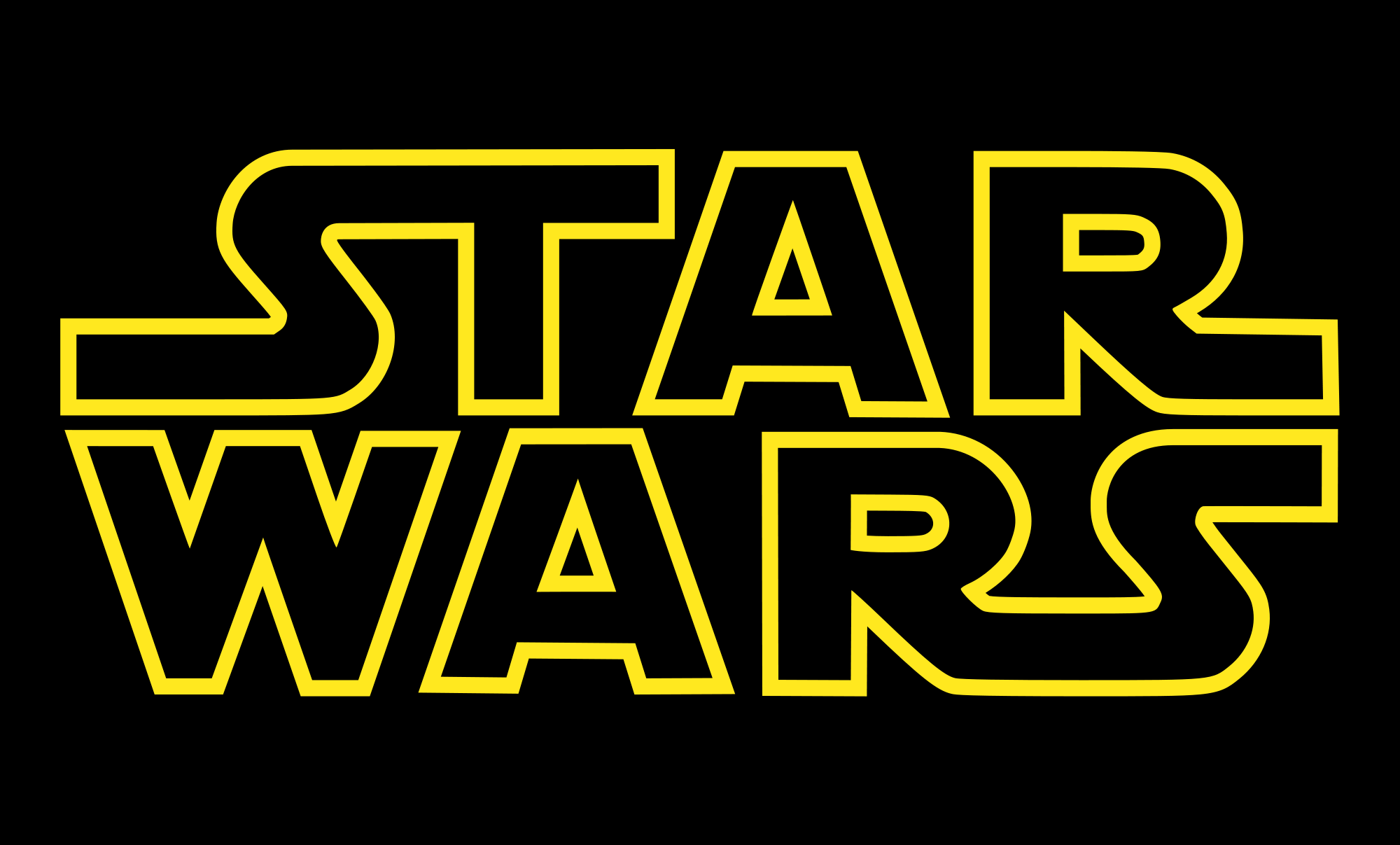During a panel at PAX West, Former Uncharted series Creative Director Amy Hennig, who is currently working at Visceral Games on a completely new Star Wars action-adventure game, talked at length about her vision of creating an authentic Star Wars story and gameplay for the title.
"When I started working on this project, and again, I have to parse myself carefully... I haven't had anything to drink yet today, which is good because it's not even noon... So I'm not going to accidentally say anything I don't think. But the task was to do the same thing that LucasFilm has been doing, and to do it with them.
So we're working really close, and I've been blessed to be working really close with the Lucasfilm story group and Doug Chang, who is their Art Director and Senior Creative Director over there, and that whole team, to say "what is Authentic Star Wars and how do we make more?" Because our project is an original story."
"You need guides, that have done it for a while and are also looking at everything else, because we're part of the same sort of emerging track of properties that, like obviously seven, eight and nine, is evolving that story further, but films like Rogue One and the Han Solo one that is coming, even shows like Rebels and stuff like that... A lot of projects are in the works, and the question is "is this authentic Star Wars?" right? And to understand what that is, and to have people there at LucasFilm that have helped us define what that is.
Authentic Star Wars can mean that we get the AT-ST right, right? And of course we have to do that too, but it's all about the new stuff, the new characters, the new story, the new locations, the new creatures, the new tech. All of this stuff that has to sit authentically alongside the Star Wars that we're so familiar with."
Hennig then explained how he deconstructed what it meant to create a Star Wars story like she when she was about to embark in the Uncharted project:
"And that takes kind of a gut, you know? It takes love of the franchise, and it takes mentors within that organization that go "mmh... maybe a little more this way." The sort of task at hand was that, and then just to make sure that over all it's about what does it mean to tell a Star Wars story. And so when we embarked on this, I did the same that I did before we made Uncharted, which is that I broke down in anal-retentive detailS what means to be pulp-action adventure, particularly on Indiana Jones, of course."
That process led Hennig to recognize that some of the rules she used before could not be applied to that new project:
"When I broke it down, of course the genre is action-adventure, so it shows a lot of similarities, but there are a few things that jumped out that were really different about Star Wars. So I thought that some of the rules I had used making Uncharted no longer applied.
In Uncharted or in Indiana Jones you actually kinda stick with Indie the whole time. There are times you cut away, but it's always something that informs you on what he is doing, like Marion in the tent. You don't cut away to the bad guys, for instance.
In Star Wars you're always cutting away to the bad guys, and seeing what they're doing: "Meanwhile, back at the villain ranch..."
One of the challenges from a game design perspective is that this opens things up to the privileged observer problem. When we watch a film, we're the privileged observer, right? We're not the protagonist. Their struggle is illuminated by the things we can see that they don't, right? Suspense and all that kind of stuff.
How do you do that in a game where you're supposed to identify with the protagonist and cut away the things that they don't know?"
Hennig explained that it's important to apply those rules in a gameplay perspective:
"Our goal in this game is to tell an authentic Star Wars story in an interactive context. That carries with it a whole lot of rules and baggage, that we have to kind of deconstruct, and reconstruct and honor.
That was one example, but the other main example was that the side characters in Indiana Jones and that type of films are just that. They're kind of along for the ride, but if you think to that compared to Han and Leia, and the other characters in Rebels, and the other characters in Rogue one, you can see that these are all ensemble stories. So if our game wasn't an ensemble game, and we weren't telling an ensemble story, then it wouldn't pass the litmus test on whether it feels like Star Wars."
As the host mentioned that in a game that kind of character should actually be playable, Hennig responded "I probably said enough."
"The point informs to how you tell the story, but also how you're going to break down the gameplay and what that means. Having a lone wolf protagonist wouldn't feel right.
And the other thing is honoring the fact that these characters are underdogs. Especially in a Star Wars story, they're going to always be outgunned, outmatched, outmanned, right? They have to work together and they have to be cleverer than their enemies. Therefore, how do you turn that into gameplay. How do you take that idea and then deconstruct it as mechanics, sequences, that then play to that core principle. That's the challenge of making these kinds of things."
I don't know about you, but personally I'm dying to see and hear more. The whole mystery about this project is certainly akin to the sweetest torture.

